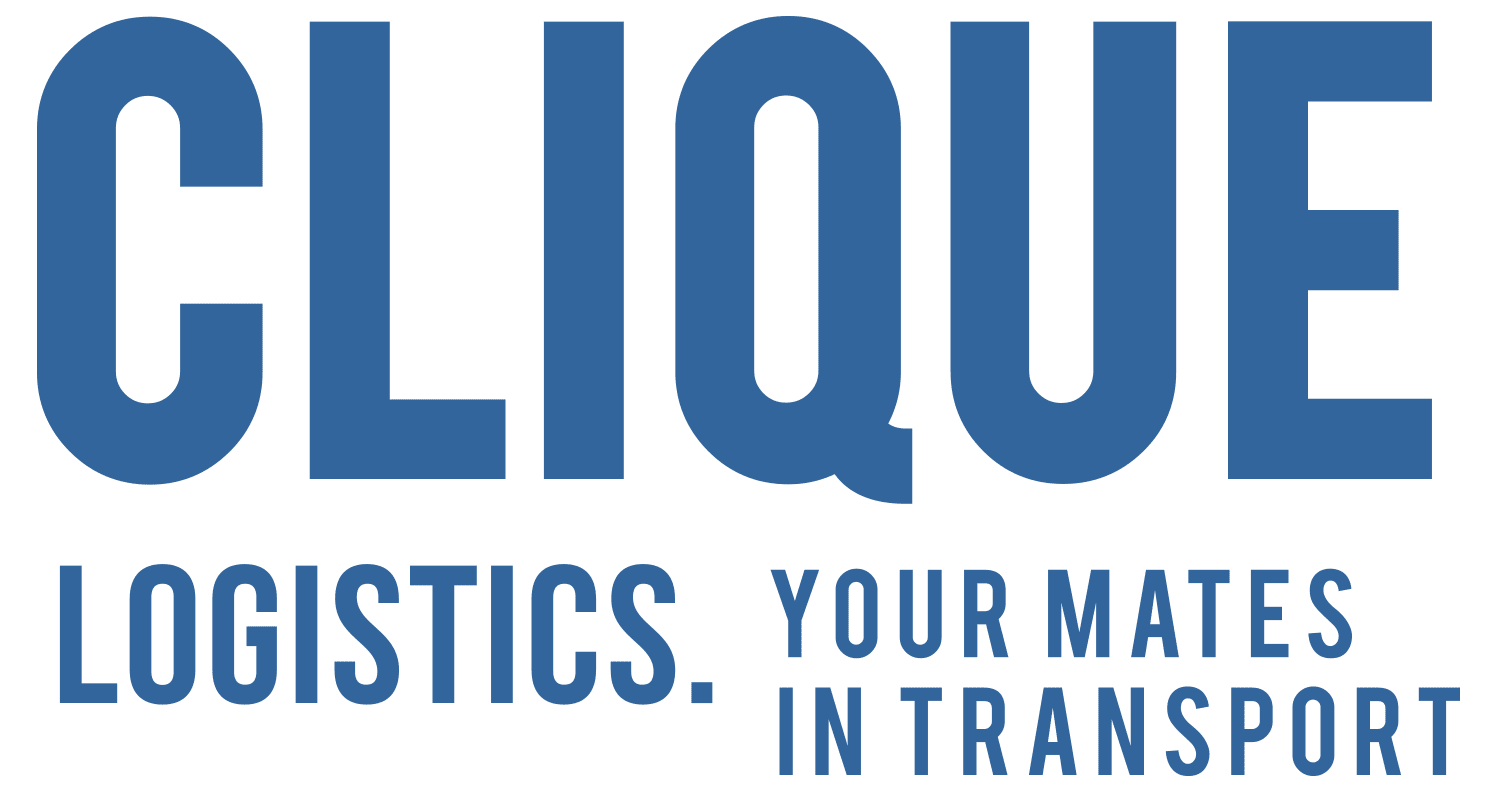In the competitive world of B2B commerce, the ability to manage domestic freight returns efficiently is crucial. A streamlined and well-organised returns process not only improves customer experience but also ensures cost-effective logistics and better freight management. Poorly managed returns can lead to increased costs, dissatisfaction, and disruptions to the supply chain. This guide outlines best practices for handling domestic freight returns in Australia, with a focus on optimising customer experience and improving overall operational efficiency.
Establish a Clear and Transparent Return Policy
A clear return policy is fundamental to managing returns effectively. For Australian B2B businesses, it’s important to outline your return conditions clearly, including:
- Return window: Specify how long customers have to return goods (e.g., 30 days from delivery).
- Return conditions: List the criteria for eligible returns (e.g., items must be unopened, unused, or faulty).
- Return process: Detail the steps customers should follow, including how to initiate a return and whether they need to provide specific documentation (such as invoices or purchase orders).
Making this policy easily accessible on your website, order confirmations, or invoices helps to set expectations and reduce confusion, improving the overall customer experience. Clear communication also minimises the risk of misunderstandings, which can cause delays in the return process.
Automate the Returns Process
One of the most effective ways to streamline returns and improve customer satisfaction is through automation. A returns management system (RMS) can automate key steps such as:
- Return requests: Allow customers to initiate return requests via a simple online portal or mobile app.
- Return authorisations: Issue return authorisation numbers and labels automatically upon approval of a return request.
- Refunds/credits: Process refunds or issue credits to customers automatically once the return is confirmed.
Automation reduces manual workload, eliminates errors, and speeds up the returns process, ultimately improving the customer experience. For your freight team, automating return logistics can help track returned goods in real-time, ensuring inventory management is more accurate and efficient.
Simplify Documentation and Freight Management
In B2B transactions, the return process often involves multiple forms and documentation, such as invoices, delivery receipts, and product condition assessments. Simplifying this documentation can help reduce friction and speed up returns processing. Consider providing:
- Pre-filled forms: Offer customers pre-populated return forms based on their order details, making it easier for them to initiate returns.
- Clear instructions: Provide easy-to-follow instructions on how to complete return forms and what documentation is required.
From a freight management perspective, streamlining documentation also reduces the time your logistics team spends tracking and processing returns, improving operational efficiency.
Provide Flexible Return Options
Providing customers with multiple return options enhances convenience and can improve the customer experience. Australian businesses should consider offering:
- Return pick-up services: For larger or bulky items, offering a return pick-up service can make the process more seamless. This could be particularly useful for items that are difficult to transport or for businesses located in remote areas.
- Drop-off locations: In more populated areas, allow customers to return goods to a convenient drop-off point, whether it’s a partner retail location, warehouse, or local courier agent.
- Return shipping labels: Providing pre-paid return labels can reduce the hassle for customers and encourage quicker returns. These labels should be simple to access and use, reducing barriers to the return process.
Flexible return options not only improve the customer experience but also help streamline freight management by allowing you to optimise return logistics based on volume and location.
Monitor, Analyse, and Continuously Improve
An effective returns process is one that evolves over time. Regularly monitor your returns data to identify trends, issues, and bottlenecks. Key performance indicators (KPIs) to track include:
- Return volume: How many returns are being processed, and are there spikes at certain times of the year?
- Customer feedback: Are customers satisfied with your return process? Gather feedback to identify areas for improvement.
- Return cost: How much is each return costing, including shipping, processing, and restocking?
Using this data, refine your processes to continuously improve. For example, if you notice a high return rate for a particular product or region, you may need to address quality issues, adjust your shipping methods, or rethink your return policy for specific goods.
Conclusion
Managing Australian domestic freight returns effectively requires a balance of clear communication, automation, flexibility, and continuous improvement. By implementing these best practices, you can create a returns process that not only enhances the customer experience but also boosts operational efficiency and helps you optimise freight management. A seamless returns process ultimately leads to greater customer loyalty, reduced costs, and a more streamlined supply chain.




